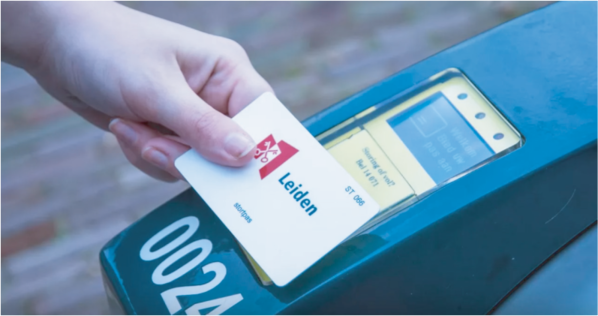Maria Calaf Forn | ENT environment & management
When we talk about smart containers we refer to street containers in which a user identification system has been installed, through which the citizen and / or business must be or can be identified when depositing its waste. There are two main modalities: those that are closed, and in which, therefore, identification is mandatory; or those which are permanently open and only those users who voluntarily want to identify themselves leave their deliveries registered. In the first mode, the opening takes place by means of an electronic card RFID assigned to the user or by means of mobile phone (with NFC technology), or even by means of scanning the user’s bar identification code printed on the garbage bag about to be thrown away. In the second mode, voluntary identification tends to occurs when the user scans the code or chip in the containers using their mobile phone.
So far, mandatory identification has shown to have quantitatively measurable implications for selective collection results, achieving selective collection levels 10 to 20 points above the initial levels. When users lose their anonymity, changes in habits are automatically achieved, improving the results. Taken together, these systems usually achieve selective collection rates between 50% and 70%. However, to achieve these results a good system design is necessary: as well as choosing the technology that has more robustness and less technological and maintenance problems, it is key to choose the fractions that are closed and monitored, as well as the days of weekly opening by fraction. The fractions that are usually monitored are mixed waste, which is the one that needs to be reduced more; and the organic fraction, which is the most important to separate and on which low levels of impurities are a priority. The mixed waste fraction is usually left open one to three days a week, preferably one; and organic from four to seven days, although this can vary among regions.
Other relevant aspects to achieve good functioning and involvement of the citizens are: a good communication campaign, ensuring the distribution of cards to all citizens prior to the start, carrying out a pilot test phase for users to get used, making an App available to users that visualizes in real time the behaviour of the citizen or commerce and allows to carry out consultations or requests (like the request of collection of bulky waste) and to report detected incidents, among others.
However, in this model the risk of fraud increases compared to the voluntary option and, therefore, it is more likely to find bags on the ground next to the containers or to see an increase in the percentage of waste tourism. However, tools and information are available to tackle these problems: the software regularly collects a lot of data, which allow to identify who throws, when and what fraction. Those users who do not use the system can be detected easily. On the other hand, regarding the quality of the deposited material, it is recommended to link each user to one or at most two containers of each fraction. This allows to identify the users who use each container, and if a high level of impurities is detected in a container, the number of users to visit would be relatively small. All this accompanied by a good regulatory ordinance including a sanctioning regime, makes it easier for fraudulent uses of the system to be reduced and controlled.
To achieve even better results the information collected on the number of deliveries of each fraction could be linked to the waste charge. Two types of schemes could be applied: first, a pay-as-you-throw system, whereby users pay according to their production of mixed waste (packaging could also be considered). To estimate volume or weight deposited in the a chamber system (or “calotta”) with be installed, with a maximum volume (usually 20-30 litres) to limit inputs.
A second option could be to apply a bonus on the use of organic fraction containers (maybe also for other recyclables). A combination of both systems would also be possible
All of the above should not be used to justify the implementation of these systems ahead of door-to-door collection systems. In low and medium density contexts, door-to-door collection is usually economically viable and with higher selective collection results than using smart containers. In addition, door-to-door collection, without so much technology, naturally guarantees the loss of anonymity, which can also be reinforced by the introduction of user identification chips in the individual waste bins.
Lately, there has been a strong interest towards the use of smart containers. It is most convenient politically not having to justify a change to a door-to-door model and to continue with the same (or a very similar) collection service. However, we must keep in mind several aspects: smart containers are still rather new, with few experiences around us and with a lack of apprenticeship, with high maintenance and investment costs (between 350 and 1,400 € per container), with higher expenses in data management personnel and of maintenance management, and with some difficulties in finding the appropriate technology that fits well with the existing containers in each municipality, amongst others.
In addition, the selective collection levels achieved through smart containers are well below those achieved with door-to-door separate collection models. This will make it more difficult over time to meet the EU recycling targets.


